Vesemir’s death in 2015’s The Witcher 3: Wild Hunt brought me to tears. Despite having very little familiarity with the games or the books before playing the third entry in this classic trilogy of RPGs, the moment my little band of misfit heroes lost an essential part of their found family was too much to hold it all back. As it turns out, CD Projekt Red’s decision to kill this character wasn’t easy. In a recent GDC talk, quest director Paweł Sasko revealed how Vesemir’s death was both difficult but necessary for narrative impact and urgency.
Based on a series of novels by writer Andrzej Sapkowsi, The Witcher video games march to the beat of their own narrative drum. Developer CD Projekt Red’s decisions for these characters rested solely on their own creative impulses and tread uncharted narrative waters, as the games are set after the books conclude. After the game’s second act, Geralt’s mentor tragically dies in a siege on the witcher training grounds of Kaer Mohren. It’s a powerful moment, striking the surviving characters where they’re most vulnerable: The reminder of mortality. According to CD Projekt Red, that was a hard call to make, but it was essential for giving Ciri, Geralt’s ward and virtually adopted daughter, the motivation needed to take the fight directly to the game’s antagonists.
During a talk at this year’s Game Developer Conference in San Francisco, as reported by IGN, quest director Paweł Sasko dove into the studio’s difficult decision to kill off Vesemir, a character central to the games and books that inspired them. It all had to do with giving Ciri the motivation needed to take on the Wild Hunt, and it’s a perfect example of why The Witcher games handle the themes of Sapkowski’s world so damn well. On killing Vesemir, Sasko said:
Ciri [needed] to actually make a decision that she’s not going to be hunted anymore. She’s going to be a hunter. She’s going to go after the Wild Hunt. But to do that, I needed an actual event that would break her inside, and that was the moment when I proposed to our writer’s team that we kill Vesemir.
Consider the use of language here in light of the world The Witcher is set in. The narrative often meditates on what it means to be a hunter in a world of dark fantasy. Who hunts what, and why—and who the real monsters of this world are—is a central struggle in many of the quests and the overarching narrative. And Ciri’s status as a “witcher” doesn’t follow the direct line that Geralt and other witchers have. So to craft a moment where Ciri feels a call to “hunt,” but not out of a mandate from the world around her, but rather from a driving need to strike back at the world’s true monsters, is simply poetic. It is emblematic of everything I love about this game.
Reflecting on discussions had during the writing process, Sasko said that “[the writing team] weren’t sure we should be doing that,” given the significance of the character in the books and games. But upon reflection of the potential narrative impact, the desire to embrace “artistic bravery” and provide Ciri with a call to action, it was a move too powerful not to make. Sasko also wanted to set a standard for surprising players, saying that he “wanted to do something that players wouldn’t believe we were doing. I wanted to surprise them, in a good way, I hope.”
G/O Media may get a commission
Save all week long
Discover Samsung Event Week-Long Deals
Save on smartphones, TVs, appliances, and more
The spring Discover Samsung Event has sprung, and that means it’s a great time to save on Samsung Galaxy smartphones, 4K and 8K TVs, monitors, soundbars, home appliances, and more.
It’s hard to deny how much of a turning point that character death is and it’s a reminder (game developers take note) of how the loss of a character can provide stirring narrative potential. The video of this GDC talk, titled “10 Key Quest Design Lessons From The Witcher 3 and Cyberpunk 2077” is expected to be available to those with passes in the GDC Vault on April 14.

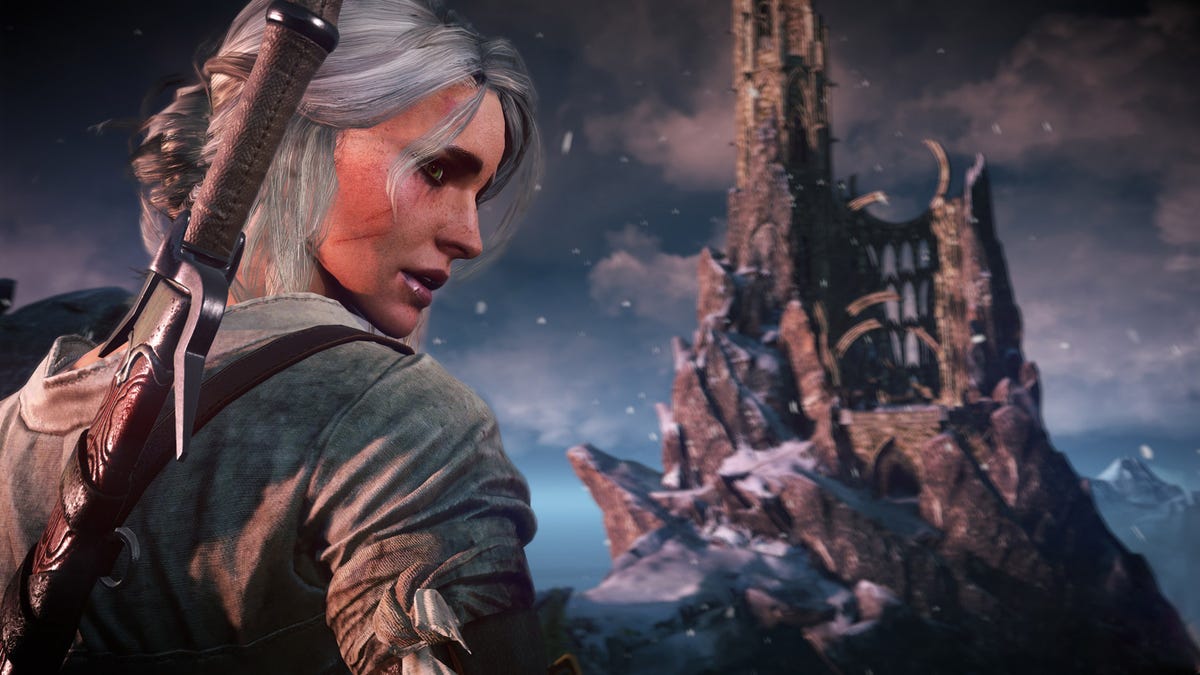

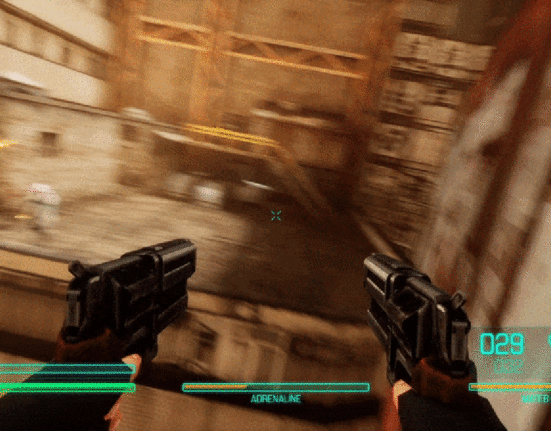
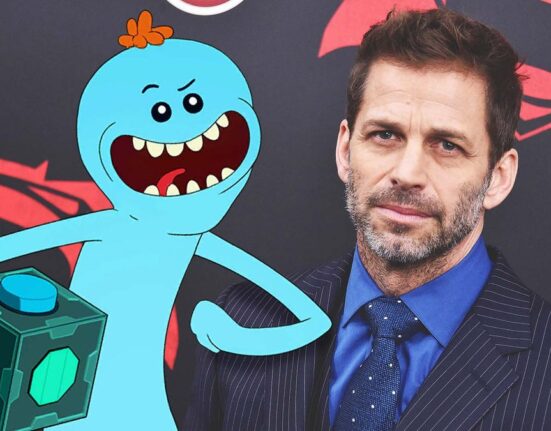
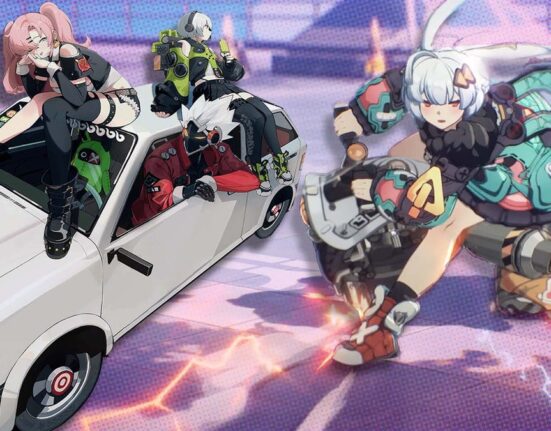
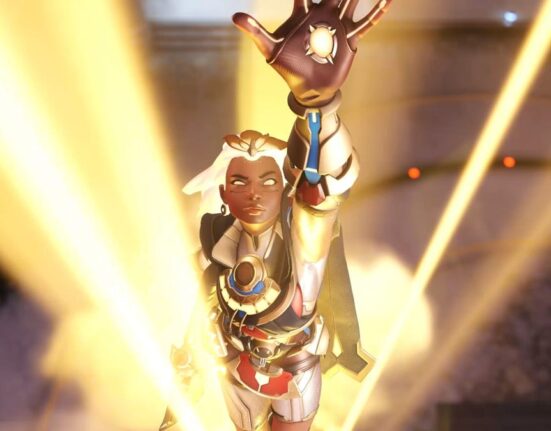
Leave feedback about this